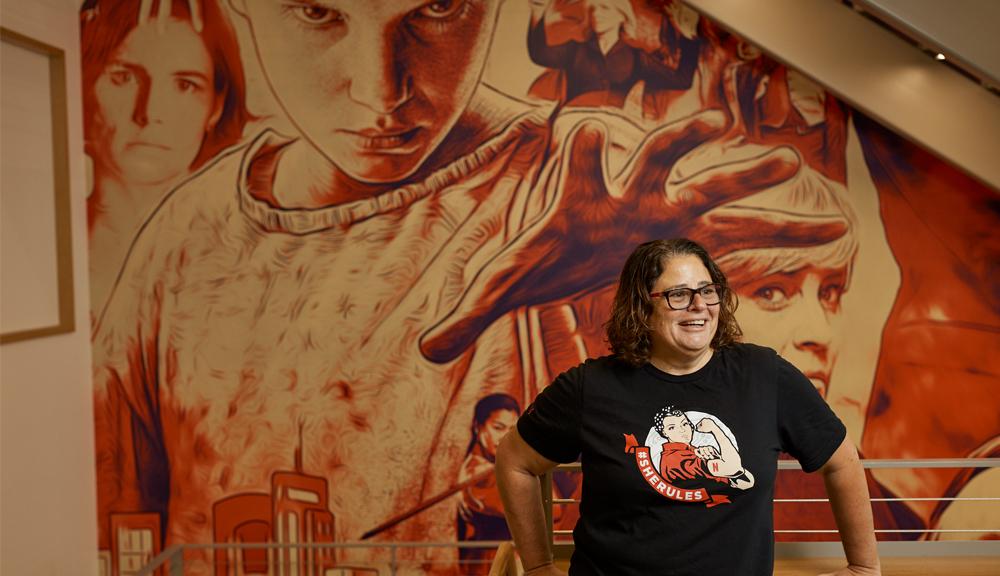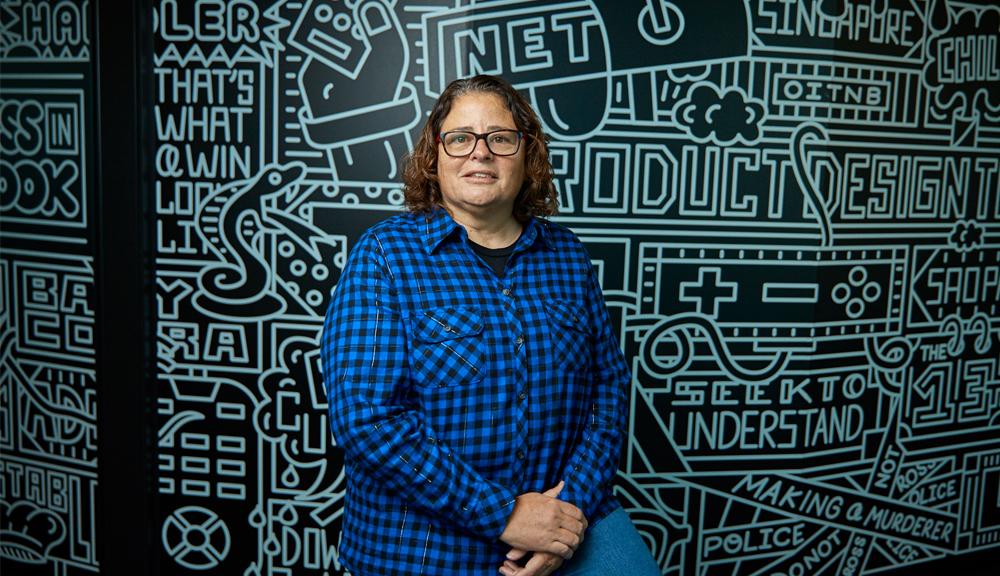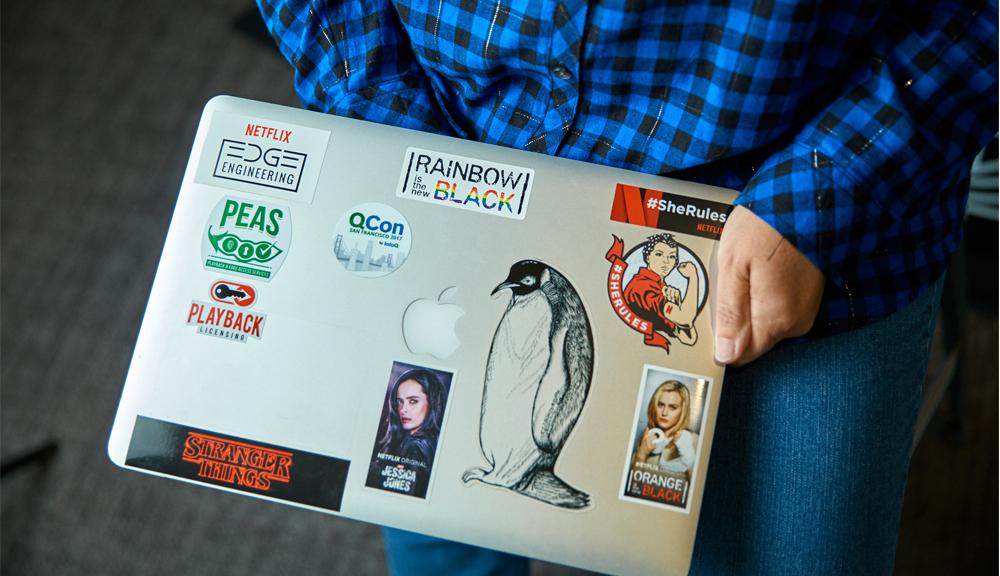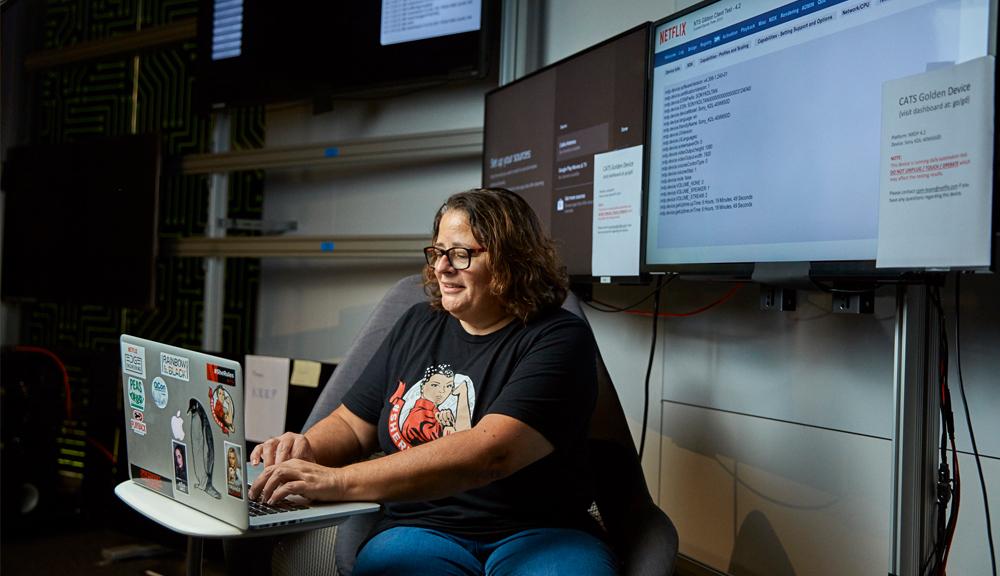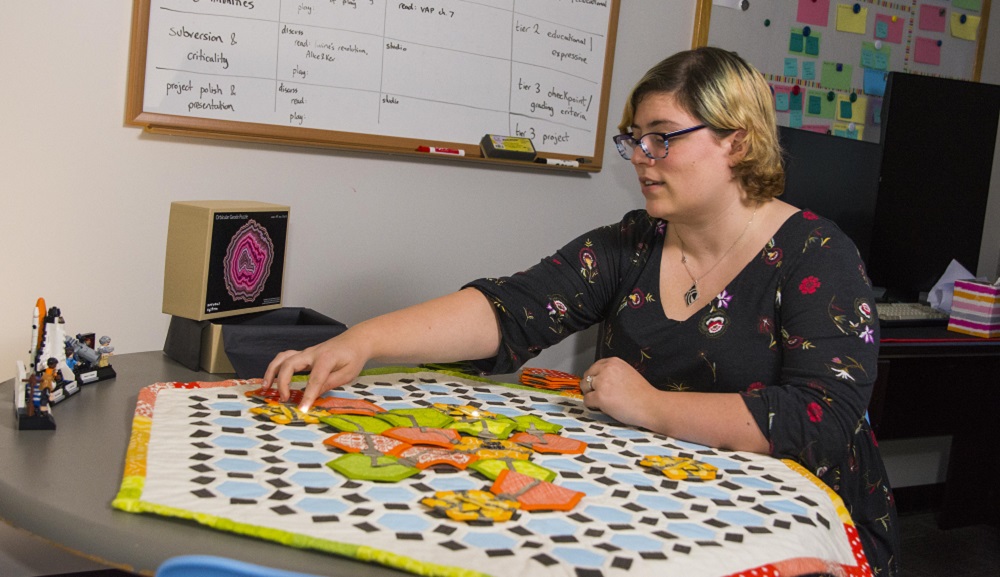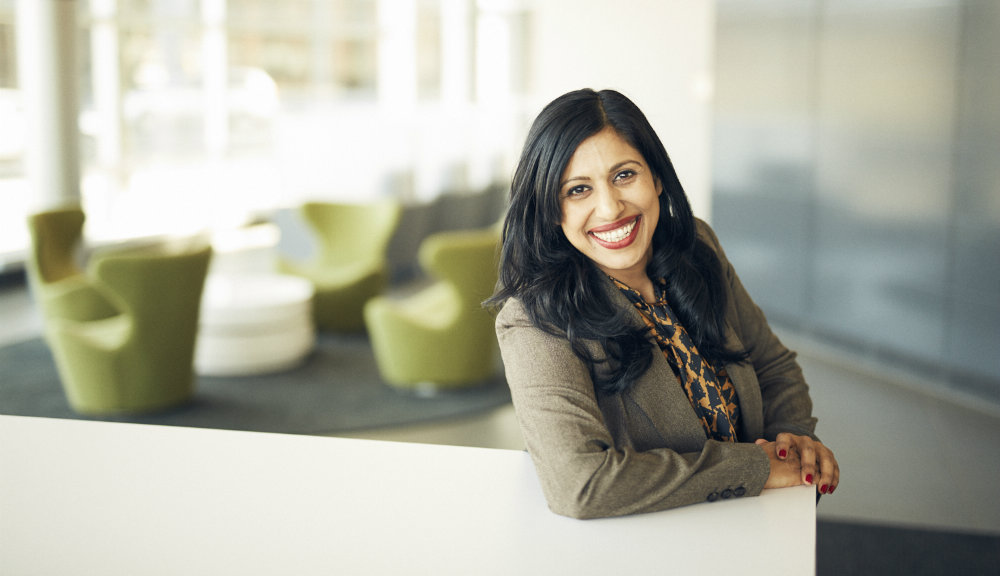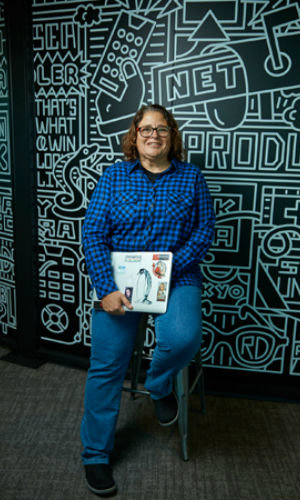 In the predawn hours of a late November day in 2016, more than 40 Netflix engineers gathered in a makeshift war room. The table was piled with donuts and coffee as they prepared for the 6 a.m. launch of a brand-new download feature.
In the predawn hours of a late November day in 2016, more than 40 Netflix engineers gathered in a makeshift war room. The table was piled with donuts and coffee as they prepared for the 6 a.m. launch of a brand-new download feature.
The much-requested feature allowed users to download entire films or television shows and watch them without an Internet connection—a sanity-saver for frequent fliers, families on car trips, and anyone in a location with spotty or expensive Internet. The feature was a massively complex problem that required new infrastructure, download systems, and licensing agreements.
For Netflix engineering leader Casella, who had spent months working with her team to arrive at this climactic moment, it all came down to this: Would it work? Would it crash?
“At 6 a.m., we pushed the button and we sat and looked at each other,” she recalls. “Within minutes, we started seeing downloads.”
By the end of the day, the download feature had a cool million users. “Every fifteen minutes, we would update the stats and everybody would cheer,” she says. “It was amazing to be part of that.”
It’s easy for her to get excited about the work she’s doing at Netflix, because her work is designed for impact. The code that she and her team push out several times a day can affect 109 million Netflix subscribers around the world. With Netflix users representing more than 35 percent of all Internet traffic in America on any given night, her work fuels the most relaxing and enjoyable part of many people’s days.
But for Casella, it’s just one part of the difference she hopes to make in the world. A longtime advocate for diversity and inclusion in the workplace, she’s at the forefront of a movement to make tech a more inclusive place for women, the LGBTQ community, and others who have been traditionally less represented in the field. “It’s not as easily measured as percentages or numbers,” she says. “It’s about creating a culture and an environment where [different kinds of people] feel welcome and thrive.”
“It was my education at WPI that allowed me to do the work without having to go back to school to get a software engineering degree,” she says.
Engineering Headstart
For Casella, who grew up on the South Shore of Massachusetts, a love for building and engineering came through both nature and nurture. Her mom was the first woman accepted into Northeastern University’s engineering program. Her dad was a jet engine mechanic for the U.S. Navy, and he often took her to work with him on Saturdays. She would hand him tools while he worked on the engines, explaining step-by-step what he was doing.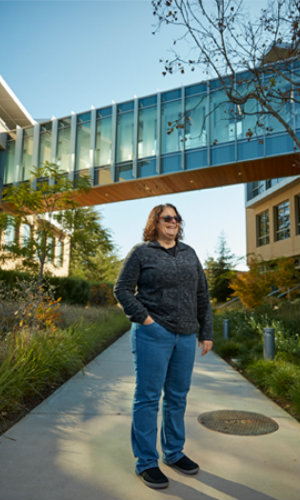
Though she considered many universities, Casella ultimately settled on WPI, where she could experience project-based learning and continue playing basketball and softball. She majored in mechanical engineering, but she was fascinated by computers. She gobbled up CAD courses.
For her Major Qualifying Project (MQP), she focused on three-dimensional finite element analysis. The process is a way of examining the stress and response of an object when pressure is applied, and is a common method to determine whether a given product will break, wear out, or work as it’s designed. The math-intensive project required three-dimensional matrix manipulation, and Casella wrote Fortran programs to solve the problems.
After graduation, she continued with that balance— finding ways to use programming to solve mechanical engineering problems—at Maxtor, a company that manufactured hard disk drives. “When I got to Maxtor [in 1988], we were still doing design on drafting boards with paper,” she recalls.
After drawing one too many #10 countersunk holes—a design element in the company’s products that allows bolts and screws to sit flush with the surrounding material—Casella suggested using CAD technology to automate some of this tedious design work. Her bosses were open to the idea, and handed her the proverbial keys to the project. “When I wrote a program that could do [this work] automatically, everyone was like, ‘Oh my God, it’s magic!’
“I’m finally in a position where I can do something about [supporting women and LGBT people],” Casella says.
It was reactions like that— along with the realization that such projects could allow people to do their work more quickly and accurately—that pushed Casella further into software engineering. In 1993 she headed over to Sun, a computer, software, and IT services company, where she honed her skills as a software engineer and architect.
It was an exciting time. Java, one of the most successful programming languages in history, was being developed at Sun, and Casella got to play a part in its evolution (in early iterations it was called Oak.) And in later roles, she got to do “white hat hacking” where it was her job to help Sun’s corporate security group investigate flaws and holes in existing systems by breaking into them.
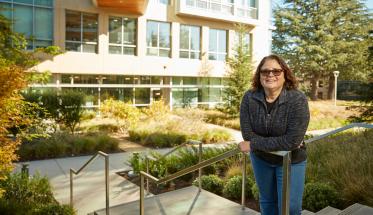

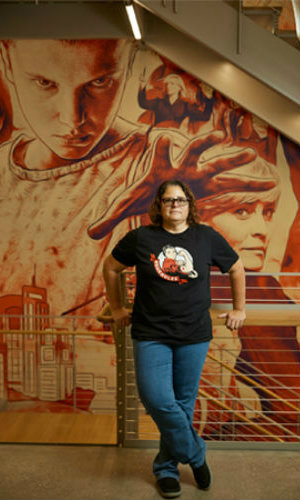 Software engineering and architecture was advancing at breakneck speed, and for Casella it was an exhilarating challenge to try to keep up, since she’d had little formal training on the topic. “It was my education at WPI that allowed me to do the work without having to go back to school to get a software engineering degree,” she says. “At WPI, I learned a methodology for learning new technologies.”
Software engineering and architecture was advancing at breakneck speed, and for Casella it was an exhilarating challenge to try to keep up, since she’d had little formal training on the topic. “It was my education at WPI that allowed me to do the work without having to go back to school to get a software engineering degree,” she says. “At WPI, I learned a methodology for learning new technologies.”